With each season’s change, it can take a little time for technicians to adjust. It seems every summer we forget all about how heating systems work and every winter we purge the concept of the cooling cycle from our consciousness. Therefore, the first few weeks become an adjustment period where it requires extra focus to remember the fundamentals of gas pressure, temperature rise, sequence of operation, flame rectification, etc.
Recently, I have spoken with quite a few technicians and company owners on the topic of furnace short cycling.
In the Southeast, it is not uncommon to see a furnace that will trip on a high limit if run for a longer cycle. It often happens without notice to the homeowner because the air coming out of the vents is consistently warm and the limits are auto-reset. Many furnaces run for years like this to the detriment of the equipment and the homeowner. Overheating furnaces suffer excess wear and tear on components, and this shortens its useful life expectancy. Furthermore, these furnaces consume a substantially higher amount of gas which creates a real-time hardship for the homeowner.
The answer to why the furnace is overheating is a quick multiple-choice question:
- is there A.) too much fuel,
- or B.) not enough air?
Instead of discussing how we rectify this problem, I would rather take some time and look deeper at how we often arrived at this scenario. The oversizing of furnaces in the Southeastern US is a widespread issue. We oversize a furnace without ever noticing it until the unit is installed and overheating. Why?
The most common answer: we were chasing an efficiency rating – regardless of where it led us. The rating of efficiency on HVAC equipment is a deceptive practice in some respects. The ratings are measured in an ideal setting; meanwhile, the real-life “field” usage is hardly ever ideal. I have seen many high-efficiency units installed in an application where the equipment would never achieve its “rated” efficiency. The difference between rated and actual efficiency can be substantially affected by job site factors such as ductwork, refrigerant lines, installation quality, etc. A SEER rating is nothing more than a calculation of energy usage. There is zero consideration of operational practicality.
Let me dive more to my point in this example:
I have a home with a 3-ton cooling load. I have selected a 3-ton capacity air conditioner and I am now looking for the furnace to match it. I know that I want a high-efficiency furnace for my customer and I have selected a 96-AFUE furnace product line.
Now, I have several choices within that product line; I may choose a 60,000 | 80,000 | 100,000 BTUH furnace and any of the models will match to my air conditioner. In fact, if I choose one of the larger two models I will pick up a little “bump” in my efficiency rating. Why is the larger model furnace helping my SEER rating?
The larger furnace may be the same AFUE but it uses a larger horsepower motor and has a larger cabinet. In terms of efficiency rating, this means the furnace can produce the same amount of airflow while not having to work as hard. The energy usage goes down and the SEER mathematic calculation looks better, but at what cost?
This job is in the Southeastern US where we can all agree the primary concern is cooling capacity. As mentioned, it will take a 3-ton load to cool the home to the design temperature at the design conditions. Regardless of which model furnace I choose they are all 96-AFUE which means the furnace will lose 4% of rated capacity. Let’s look at this:
| 3-Ton Load = | 36,000 BTUH |
| 60,000 Furnace = | 57,600 BTUH |
| 80,000 Furnace = | 76,800 BTUH |
| 100,000 Furnace = | 96,000 BTUH |
Why in the Southeast, with a primary concern of cooling capacity, would I need a furnace with a heating capacity that could be well over double that of my cooling capacity? Could my ductwork even accommodate that heat? Most likely not and my furnace will cycle on a high limit. All in the name of chasing an efficiency rating… but at the sacrifice of smooth furnace operation. While my furnace may indeed be 96-AFUE, I will certainly be creating heat that never escapes the ductwork to heat the home and thereby burning far more fuel than I truly need. So what savings my increased SEER rating have netted me will be wiped away by paying higher gas bills.
It is crucial that we consider the overall operation of an entire HVAC system during the design phase. Sometimes this may mean sacrificing a half point of SEER rating to ensure that we have a properly designed system capable of reliable operation year-round. The satisfaction of the fancy efficiency rating will long be forgotten by the customer when the equipment is consistently requiring service calls due to breakdowns or poor operation.
Be a high-efficiency contractor and offer the high-end comfort solutions – just be careful to look at where those ratings lead you…and make sure it isn’t off the side of the cliff.

